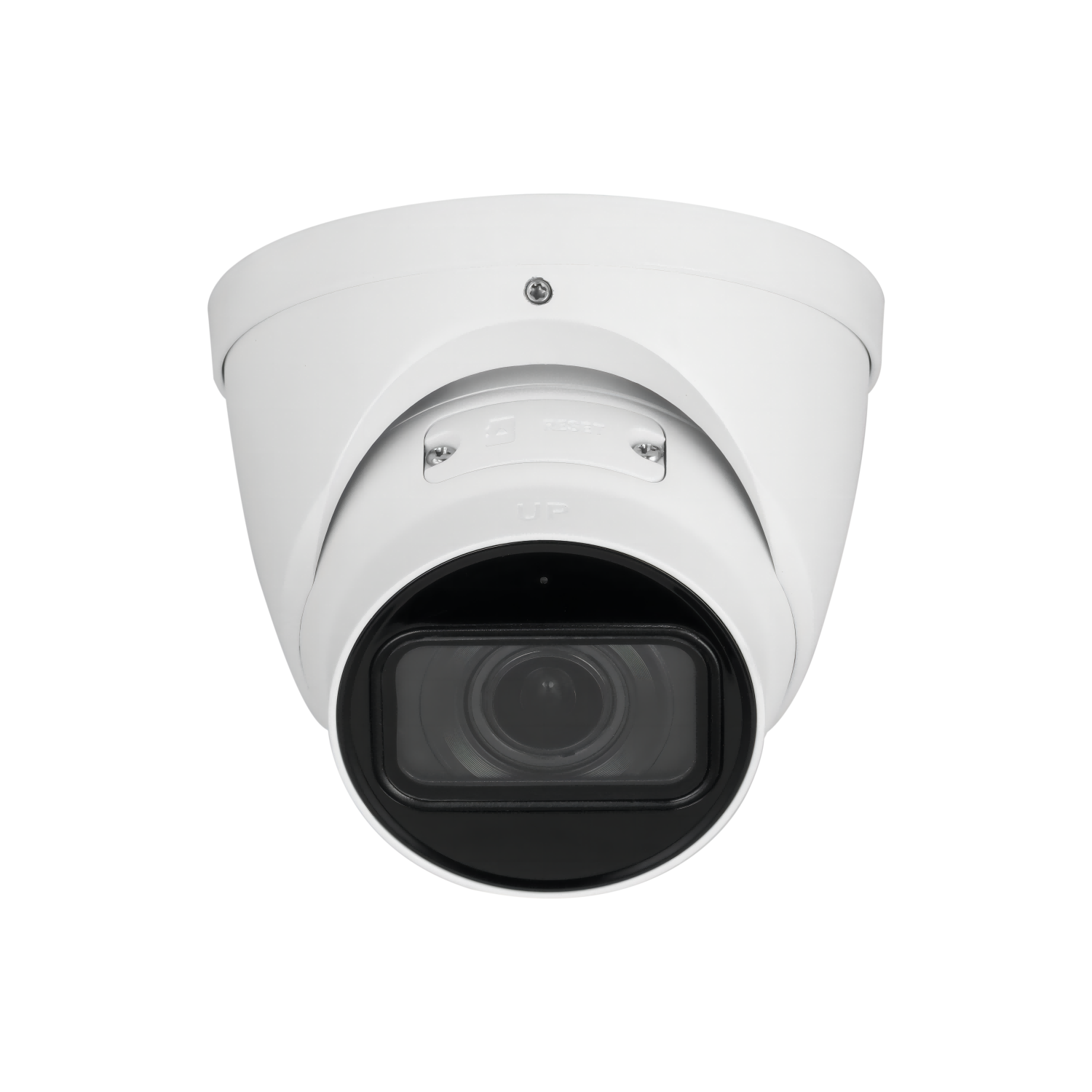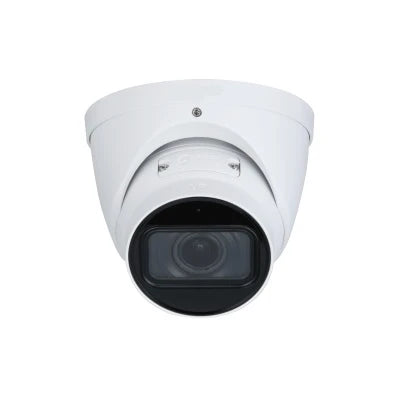Are you saying this from comparing the images, or from the specs? I ask because the 2231 has a better lux spec than the 5231, but I can't see a lick of difference between the images.
This is why I don't pay attention to the minimum illumination specs...because those are under ideal situations with so many factors not known.
Once upon a time manufacturers would at least say at what shutter speed that rating was based on. Most would say a 1/3 shutter. That is way to slow for anything.
But now they don't even provide that, so in most cases it is a wide open iris, slowest shutter the camera allows, and gain and brightness cranked to 100 so that they can get the lowest illumination number possible.
But nobody would run the camera in that configuration.
Some of the older cameras would give these kind of specs so you knew how the camera was setup to come up with the minimum illumination.
0.002Lux/F1.5 ( Color,1/3s,30IRE)
0.020Lux/F1.5 ( Color,1/30s,30IRE)
0Lux/F1.5 (IR on)
So of course, the faster the shutter, the more light that is needed.
But as more competition came out, manufacturers started playing games and tweaking the settings for getting the lowest lux possible, but that came at a cost of a configuration nobody would use. So they wouldn't say how the camera was configured to capture that minimum illumination rating.
They play these marketing games to make it look like the camera is better than it is for someone that is just chasing minimum illumination numbers. Kind of like how we rarely get the miles per gallon a car is rated for.
A 1/3s shutter - really - that would be a motion ghost blur. Nobody would run the camera at that slow of a shutter.
The moon would like like a white sun - it would just be a big white circle in the air.
Real world example:
PTZ running auto shutter that slows down to let as much light in as possible. Yes that is the moon, not the sun LOL
Same PTZ just a few seconds later running a 1/2,000 shutter:





